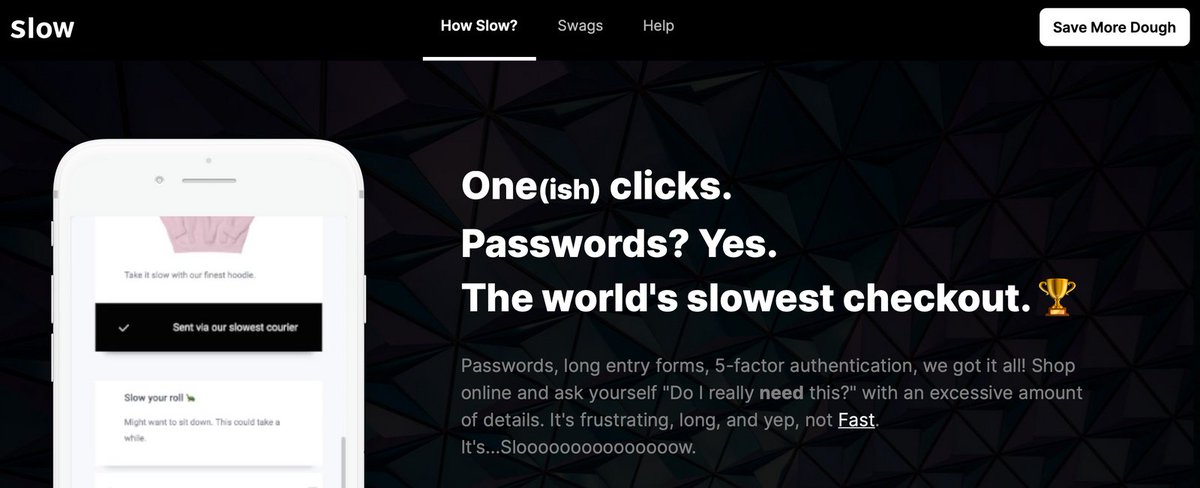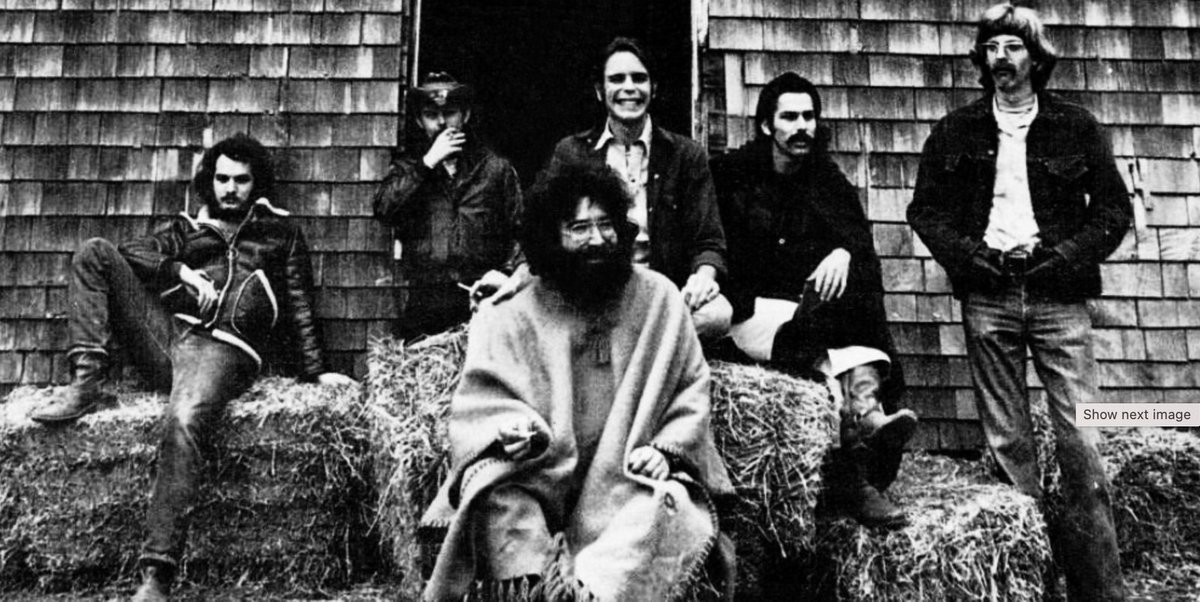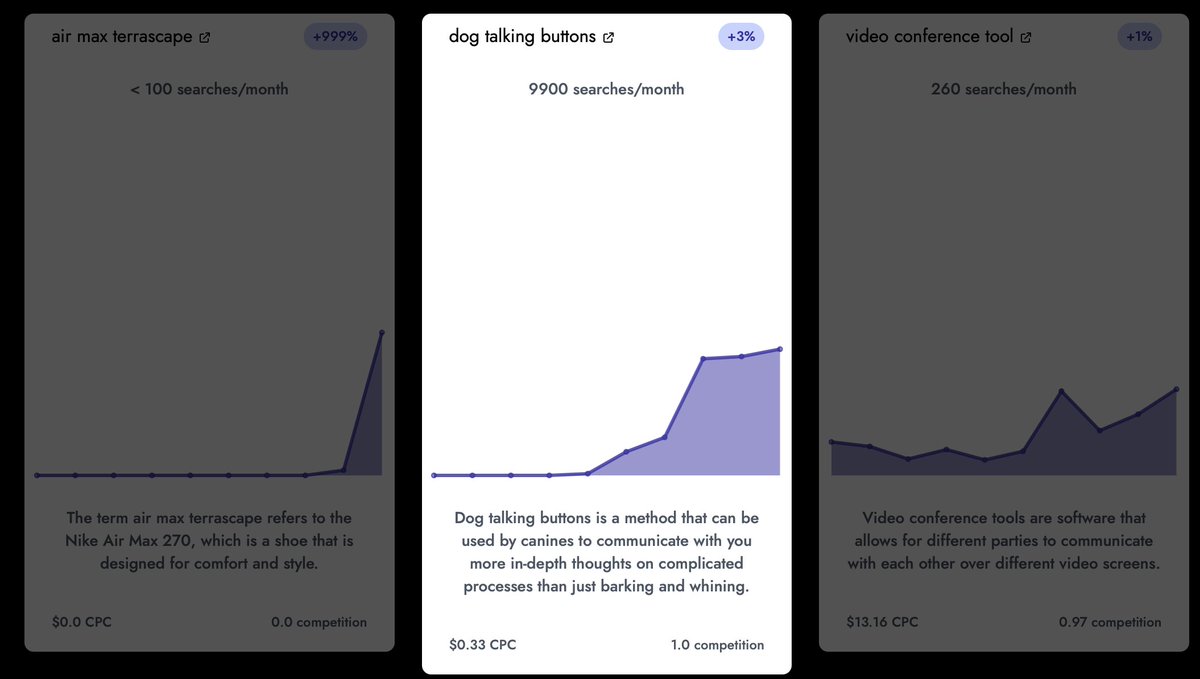
The opposite of a good idea can also be a good idea.
Here's a breakdown of this incredible framework and how you can start using it to find opportunities and business ideas.
(thread)
Here's a breakdown of this incredible framework and how you can start using it to find opportunities and business ideas.
(thread)

Red Bull is a product that tastes worse than Coke (by all objective measures), is more expensive, and comes in a smaller can.
And nevertheless, it’s selling like crazy. Red Bull sells over 7.5 billion cans per year!
And nevertheless, it’s selling like crazy. Red Bull sells over 7.5 billion cans per year!

The small can, high price and terrible taste all help to establish the brand image that Red Bull is a performance-enhancing supplement.
Slow started as a joke.
The founders noticed that Fast.co was generating a lot of hype around their fast, one-click checkout experience.
So they thought, let’s create the opposite of that: the slowest possible checkout experience.
The founders noticed that Fast.co was generating a lot of hype around their fast, one-click checkout experience.
So they thought, let’s create the opposite of that: the slowest possible checkout experience.

This seems like a really silly idea until people started pointing out that it could actually be useful.
A slow checkout experience helps to prevent impulse buys.
I'm using this trick myself by not saving any passwords or credit card information in the browser.
A slow checkout experience helps to prevent impulse buys.
I'm using this trick myself by not saving any passwords or credit card information in the browser.
Most rock bands play predetermined arrangements of their music, and they practice obsessively to achieve their desired result: the ability to play note-perfect versions of their songs.
The Grateful Dead did the opposite.
The Grateful Dead did the opposite.

The members weren’t interested in achieving perfection and then repeating themselves.
They prided themselves on never playing the same song the same way twice.
As a result, fans felt as if anything could happen at any time and their concerts were always sold out.
They prided themselves on never playing the same song the same way twice.
As a result, fans felt as if anything could happen at any time and their concerts were always sold out.
Everyone loves ad blockers. But there's an extension call Turbo AdFinder that does the exact opposite.
It blocks everything except the ads on Facebook.
30,000+ people are using it to spy on competitors and find inspiration for ad campaigns
It blocks everything except the ads on Facebook.
30,000+ people are using it to spy on competitors and find inspiration for ad campaigns

💡 So in a nutshell:
• In physics, the opposite of a good idea is a bad idea.
• In psychology and business, the opposite of a good idea can, in fact, be a great idea.
I learned this framework from Rory Sutherland's brilliant book Alchemy.
• In physics, the opposite of a good idea is a bad idea.
• In psychology and business, the opposite of a good idea can, in fact, be a great idea.
I learned this framework from Rory Sutherland's brilliant book Alchemy.
There is often more than one path to success in a given market.
If you do the exact opposite of what other players in the market do, you might still succeed since you're speaking to a different segment.
If you do the exact opposite of what other players in the market do, you might still succeed since you're speaking to a different segment.
Here's how you can use the framework to come up with new business ideas:
• Make a list of all products, apps and services you're commonly using.
• Next label them using the prompts below.
• Then explore what a product at the opposite end of the spectrum would look like,
• Make a list of all products, apps and services you're commonly using.
• Next label them using the prompts below.
• Then explore what a product at the opposite end of the spectrum would look like,
Scarcity vs. Abundance
• Not many people have this, so it must be good.
• Everyone has this, so it must be good.
Cheap vs. Expensive
• Charge a high price, so it’s reassuringly expensive.
• Make it cheap, so it’s an amazing deal.
• Not many people have this, so it must be good.
• Everyone has this, so it must be good.
Cheap vs. Expensive
• Charge a high price, so it’s reassuringly expensive.
• Make it cheap, so it’s an amazing deal.
Best Practices vs. Unfair Advantages
• Implement practices that everyone’s doing.
• Implement practices that no-one’s doing.
High vs. Low Friction
• Reduce friction as much as possible. Make sign-ups quick and easy.
• Introduce friction. Require prospects to apply.
• Implement practices that everyone’s doing.
• Implement practices that no-one’s doing.
High vs. Low Friction
• Reduce friction as much as possible. Make sign-ups quick and easy.
• Introduce friction. Require prospects to apply.
Perfect vs. Unique
• Customers get exactly the same perfect result/product/experience every time.
• Each result/product/experience is unique.
Now let's brainstorm a few ideas 👇
• Customers get exactly the same perfect result/product/experience every time.
• Each result/product/experience is unique.
Now let's brainstorm a few ideas 👇
🔮 What if instead of making your newsletter free and digital, you'd make it extremely expensive and deliver it offline only?
If you think that's a dumb idea, check out what Ben Settle is doing with his Email Players newsletter.
If you think that's a dumb idea, check out what Ben Settle is doing with his Email Players newsletter.
🔮 What about a browser that loads sites very slowly instead of as fast as possible?
This could really help to browse the web more intentionally and help to avoid compulsive behavior like checking Reddit or Twitter every five minutes.
This could really help to browse the web more intentionally and help to avoid compulsive behavior like checking Reddit or Twitter every five minutes.
🔮 Writing services typically charge a fixed fee per word. But this leads to bad results since the best writing is short and concise.
The incentives are not really aligned.
A solution could be a service that becomes cheaper the longer the article in question is.
The incentives are not really aligned.
A solution could be a service that becomes cheaper the longer the article in question is.
This sounds counterintuitive but it's actually more work to write a short article than a long one.
You basically have to write the long article first and then cut out all the fluff.
To quote Mark Twain: "If I had more time, I would have written a shorter letter."
You basically have to write the long article first and then cut out all the fluff.
To quote Mark Twain: "If I had more time, I would have written a shorter letter."
And that's it!
If you liked this thread, make sure to retweet the first tweet to bookmark it and share it with others.
This will help me understand if the thread provided value and motivate me to write similar ones in the future.
If you liked this thread, make sure to retweet the first tweet to bookmark it and share it with others.
This will help me understand if the thread provided value and motivate me to write similar ones in the future.
https://twitter.com/jakobgreenfeld/status/1484181303977078788
• • •
Missing some Tweet in this thread? You can try to
force a refresh









